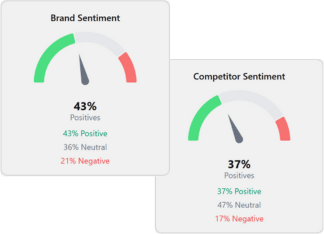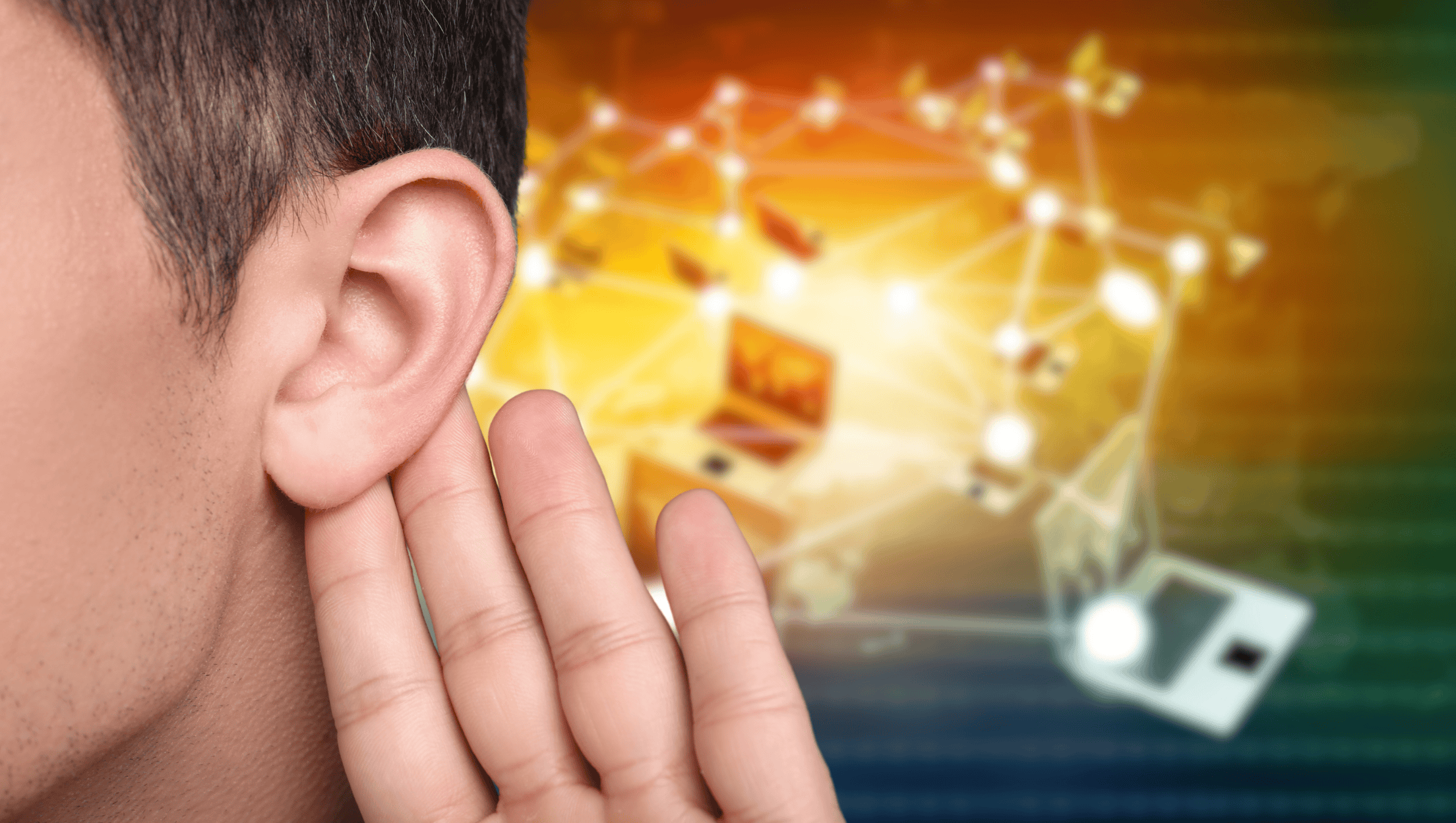Today’s digital conversations never stop. Your customers, competitors, and industry peers are talking online every minute. The question is, are you listening?
Social listening is more than tracking brand mentions. It is about understanding the deeper conversation around your company, your market, and your audience. It helps you spot trends, resolve issues early, and shape strategy based on real-time data.
Let’s walk through what social listening is, why it matters, and how you can use it to create smarter, more responsive marketing.
What Is Social Listening?
Social listening is the process of monitoring digital conversations to understand what people are saying about a brand, topic, competitor, or industry.
It involves two core steps:
- Monitoring: Collecting mentions, keywords, and conversations across social platforms, blogs, forums, and news sites.
- Analyzing: Making sense of that data to gain insights into sentiment, trends, pain points, and opportunities.
Social listening is not just looking at likes and comments. It is about understanding what people mean, not just what they say.
Why Social Listening Matters to Marketing Leaders
As a marketing executive, you know how noisy the digital space can be. Social listening helps you cut through that noise and focus on what actually matters to your brand and customers.
Here are five strategic benefits:
Understand Brand Sentiment in Real Time
Social listening helps you measure how people feel about your brand right now. You can track shifts in public opinion and respond to negative sentiment before it escalates into a crisis. This extends to professional networks like LikedIn and more broad resources like YouTube and Reddit.
Identify Trends Before They Go Mainstream
By following key topics, curated keywords, or even hashtags, you can spot rising interests and behavioral shifts. This gives your team an edge when planning campaigns, content, or product updates.
Improve Customer Support and Loyalty
People often voice complaints or questions online instead of contacting your support team. Social listening lets you find and respond to those messages quickly, showing your audience that you care and pay attention.
Benchmark Against Competitors
You can compare how your brand is talked about versus others in your space. Are your competitors receiving more praise? Are they being criticized for something you can learn from? This is fundamental competitor analysis, and it goes way beyond how they describe themselves on their website.
Fuel Content and Product Ideas
The best ideas come from your audience. By listening to what they ask, share, or complain about, you can create more relevant content, launch better features, and serve your customers more effectively.
Real-World Example of Social Listening in Action
Let’s follow an imaginary marketer who manages the brand for a network of chimney repair contractors. Through social listening, they start tracking posts across Facebook community groups, Reddit home improvement threads, and BlueSky mentions.
They might notice a growing number of homeowners complaining that chimney inspections feel rushed or unclear. They’re not sure what the technician looked at or what the quote actually includes. It’s not an attack on the brand directly, but it’s a red flag about industry perception.
More importantly, it’s an opportunity to lead.
They bring this feedback to the contractor network and create a new customer experience standard: Every inspection now comes with a photo report and a short video walkthrough explaining what was found and why the work is needed.
Then the team turns this into marketing content. They share before-and-after photos, behind-the-scenes footage of inspections, and tips on how homeowners can spot chimney issues early. The messaging is simple but powerful. They listened and took action.
The result? They position the brand as the trustworthy exception in a space where skepticism runs high. It turns vague frustrations into a clear brand differentiator.
Social listening helps you spot issues, sure. But it also helps you fix them in public, and in doing so, win loyalty that no ad spend can buy.
Common Social Listening Tools
Many platforms offer social listening features. Here are a few used by marketing teams:
Many tools allow you to filter by keyword, platform, location, language, and sentiment. Some do the heavy lifting for you. Karmatic.ai, for example, builds a social listening strategy around your expertise. It scours niche communities, performs sentiment analysis within your target audience, and shows you the relevant conversations.

Whichever tool you use, your solution should incorporate more than social media listening. It should analyze findings, weed out irrelevant mentions, and preempt crisis management. Social media marketers have understood this for more than a decade.
But the technology has changed over the years. Modern social listening incorporates AI in the background, analyzing posts and conversations across social media platforms, evaluating needs, and providing insights based on thousands of relevant conversations.
Note: If you work in a regulated industry or government agency, look for platforms that meet public data usage policies. Digital.gov sometimes publishes resources on compliant tools and data ethics.
Frequently Asked Questions
Is social listening the same as social monitoring?
Not exactly. Social monitoring tracks mentions and engagement metrics. Social listening goes further by analyzing conversations for meaning, emotion, and strategy insights. This can be helpful for new product development, developing effective marketing strategies, and analyzing industry trends.
Can small businesses use social listening?
Yes. Even free tools like Google Alerts or the free Karmatic.ai tie can help small teams track conversations. Start simple and grow from there. More advanced tools can provide data on your share of voice vs. competitors, direct customer feedback, and insights on customer satisfaction.
How often should I use social listening?
Ideally, social listening is continuous. But even weekly reports can give you actionable insights. Set alerts for spikes in activity so you do not miss major sentiment shifts. And don’t just follow brand mentions. Look for conversations based on relevant keywords to find more value faster.
Final Thoughts
Social listening turns raw online chatter into smart marketing insights. It helps you stay close to your customers, ahead of your competitors, and ready to respond with confidence.
In a world where conversations move fast, the brands that listen are the ones that lead. Social media monitoring and listening are valuable tools. Brands who know how to use them stay ahead of social media conversations, promoting brand reputation, and often lead the conversation instead of just following along.


